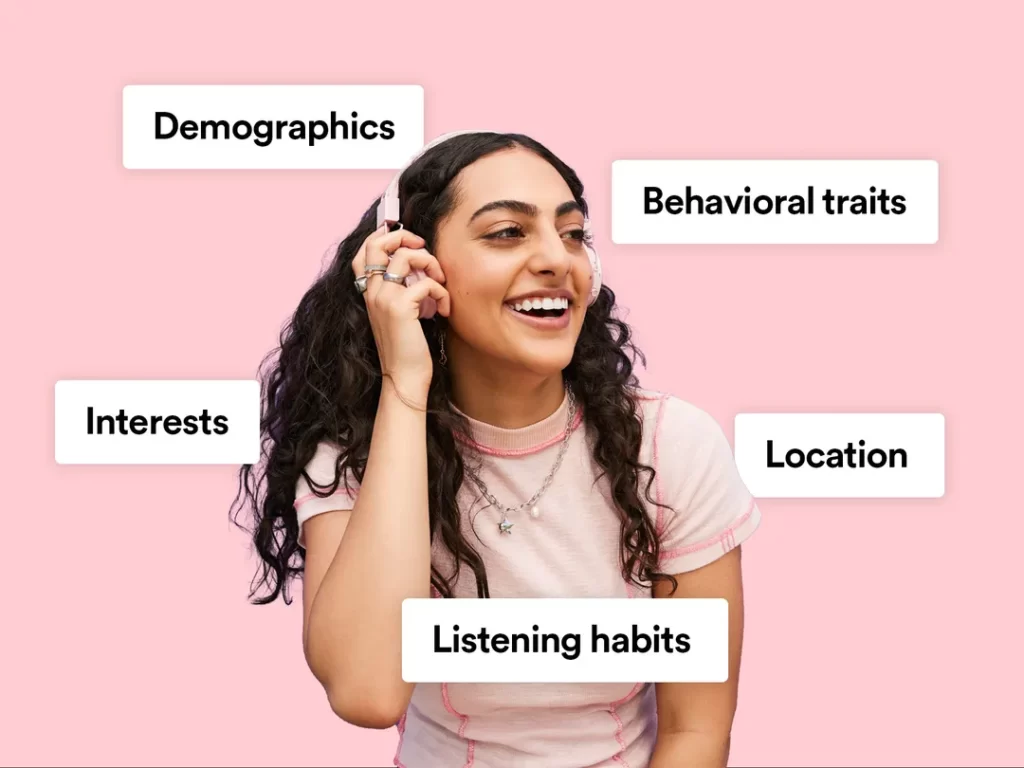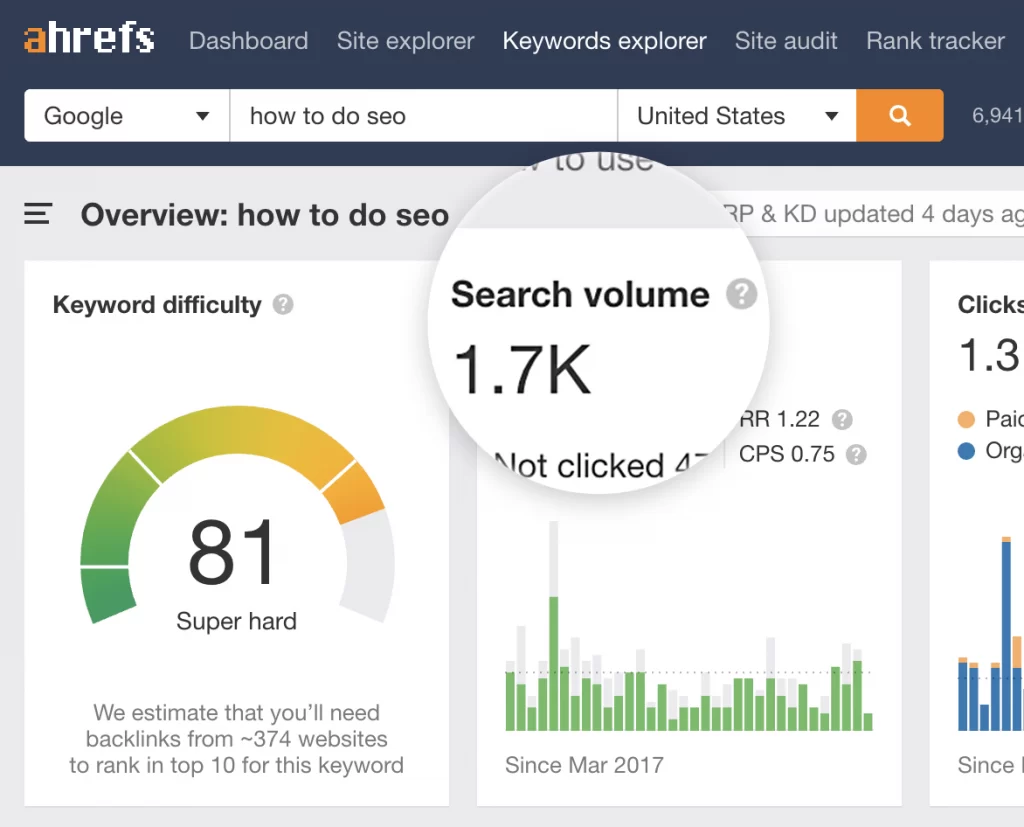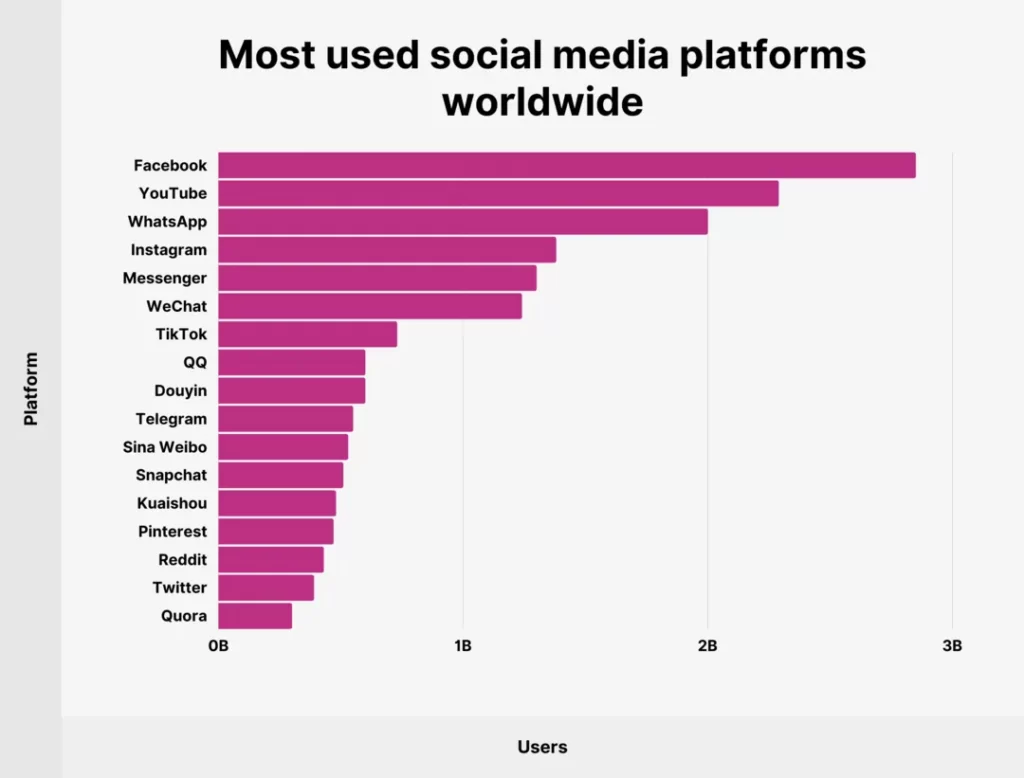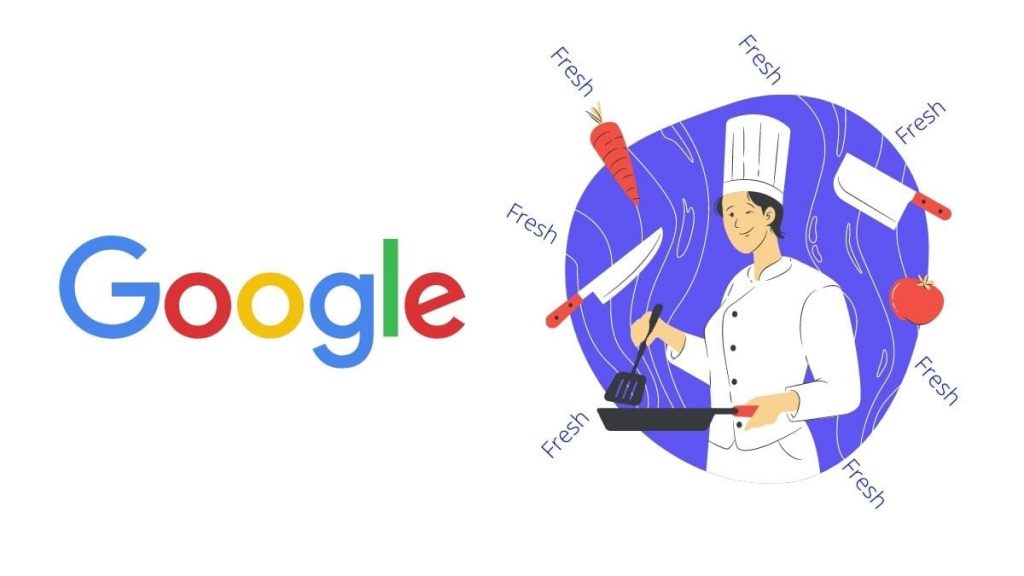Creating a Killer Content Strategy for Your Website's Success
A clearly defined content strategy is essential for establishing website success in the large and crowded digital market. A content strategy serves as a driving force that draws in and engages your target audience and provides the groundwork for creating a solid online presence. It explores the subtleties of knowing your audience, establishing precise goals, search engine optimisation, and simply producing content. With the appropriate content strategy, your website can be fully realised and elevated to new heights.
A well-designed content strategy is a road map that guides your content efforts toward predetermined objectives. It starts with a deep awareness of your audience's requirements, preferences, and problems. You may adapt your content to precisely meet the needs of your target audience by performing market research and developing buyer personas.
Setting clear objectives is yet another essential component of a good content strategy. Setting quantifiable goals helps keep your content efforts focused and aligned with your business objectives, whether your goal is to increase website traffic, produce leads, or improve sales.
The strategic integration of SEO methods into a content plan. By conducting keyword research and using SEO best practices, you can make your content more accessible for search engines to find, which can improve ranks and increase organic traffic.
Table of Contents
Understanding Your Audience

Conducting market research
Market research is critical to developing a successful content strategy since it helps you understand your audience. Market research is acquiring important information and insights about your target audience, including their preferences, behaviours, and pain areas. You can better understand your potential customers using various research techniques, including surveys, interviews, and data analysis.
You may effectively personalise your content to solve your audience's difficulties by using market research to pinpoint their unique requirements and preferences. Additionally, this research enables you to identify the platforms and channels your audience frequently uses, allowing you to target them where they are most engaged. Additionally, knowing the psychographics and demographics of your audience helps you develop accurate buyer personas, which serve as fictitious representations of your ideal clients.
You can position yourself to produce content that connects with your audience, fosters trust, and forges lasting relationships by devoting time and effort to completing thorough market research. This priceless information enables you to create a content plan that speaks directly to your audience's interests, preferences, and problems, fostering the success and expansion of your website.
Creating buyer personas
Understanding your audience and adjusting your content strategy requires you to create buyer personas first. In-depth market research and data analysis were used to construct buyer personas and fictitious representations of your ideal clients. These personalities cover a range of traits, including preferences, ambitions, goals, obstacles, and behaviour. By probing into their thoughts, you can acquire insightful information that will help you produce content that connects with your potential clients on a personal level.
Gathering information through surveys, interviews, and analytics to construct successful buyer personas. Identify trends and shared characteristics among your target audience to create different personalities. Each persona ought to have its name, history, and traits. With this knowledge, you can better comprehend their problems, motives, and decision-making processes.
You may adapt your content to meet the needs and interests of various audience segments by creating well-defined buyer personas. This personalisation encourages a closer relationship with your readers, raising engagement and resulting in more effective content marketing initiatives.
Defining Your Goals

Identifying key objectives
Deciding on critical objectives is one of the most essential phases in developing a killer content strategy. Your content plan's overall structure is based on its key objectives. These goals specify what you want your content efforts to accomplish. Clear and well-defined objectives are crucial, whether to increase website traffic, generate leads, raise brand awareness, or increase sales.
Start by reviewing your company's overarching goals and matching them with your content strategy to establish critical objectives. Recognise the specific requirements of your intended audience and think about how your content may meet those requirements successfully. Thorough competition and market research can also offer important insights into what has succeeded in your sector.
Setting attainable, quantifiable goals is essential. This enables you to monitor your development and gauge the long-term effectiveness of your content strategy. By articulating these goals in detail, you can keep your team on task and ensure your content supports your larger corporate aims. With clearly defined main objectives, you can produce content that connects with your audience, encourages participation, and eventually results in the success of your website.
Setting measurable goals
Setting measurable targets is one of the most critical elements in outlining your goals for a great content strategy. Measurable objectives are precise and quantitative and offer a transparent yardstick for performance. Making data-driven decisions and assessing the success of your content strategy becomes more difficult without concrete targets.
It's crucial to be clear about your objectives while setting measurable goals. Instead of setting a general purpose like “increase website traffic,” specify a specific aim like “increase organic website traffic by 20% within three months.” You can concentrate your efforts and precisely monitor progress thanks to this specificity.
Furthermore, quantifiable objectives should be set. Your goals should include precise percentages or statistics. Take the objectives “generate 500 new leads per month” or “increase social media engagement by 15%.” You can judge your accomplishments objectively when you have tangible numbers.
Setting quantifiable goals gives your content strategy direction and inspires your team by giving them tangible objectives to strive for. Analyse the data frequently as you advance to see which strategies are effective and which require revision. Increase your content strategy's efficacy and help your website succeed by integrating quantifiable goals.
Keyword Research and SEO Integration

Importance of keywords in content strategy
The importance of keywords in the context of content strategy cannot be emphasised. Search Engines and your target audience find your material thanks to keywords. You may identify the precise terms and phrases that people are using to look for information about your sector or products by conducting thorough keyword research. By deliberately using these keywords in your content, you can ensure that search engines will understand the significance of your pages, increasing the possibility that they will appear higher in search results.
In addition to helping you grasp the language your audience uses, keyword research also lets you learn about their preferences and pain issues. You can write content that specifically addresses their needs and increase reader engagement by aligning your content with these keywords.
Additionally, including long-tail keywords and semantic variations enables your content to target a broader range of search queries. This raises your profile and establishes you as an authority in your field. In essence, keywords act as a road map that directs readers and search engines to find and value what your content offers. Therefore, achieving organic traffic growth, website performance growth and content success depends on a well-executed keyword integration plan.
Implementing SEO best practices
Any content strategy must successfully implement SEO best practices. When optimising your website for search engines, keyword research and SEO integration work hand in hand. Start by researching extensively to find pertinent, popular keywords related to your content's main topic. Investigate keyword variations and search volumes using SEMrush and Google Keyword Planner.
Once you have a list of target keywords, thoughtfully incorporate them into your article. Use variations of the primary keyword throughout the material and include them in the title, meta description, and headings. Avoid cramming your content with keywords because this can hurt your rankings.
Remember that SEO is a continuous process; constant performance monitoring of your website is crucial. To make data-driven adjustments to your SEO strategy over time, analyse your traffic, bounce, and conversion rates. Effectively applying SEO best practices will increase your website's exposure and draw organic visitors, which will help your content strategy succeed.
Content Types and Formats

Creating valuable and engaging content
A good content strategy is built on producing exciting and valuable information. Leveraging the capabilities of an AI writer, concentrate on giving your audience genuine value. Useful material identifies their problems, responds to their inquiries, and provides workable solutions. You establish your credibility and authority in your business by doing this.
Additionally, exciting content hooks readers and keeps them reading. Create a memorable experience by combining interactive elements, captivating images, and storytelling. Encourage audience participation through polls, quizzes, and comment areas to establish a sense of community and connection.
Keep in mind that quantity is not as important as quality. Spend time and energy creating in-depth, well-researched articles rather than producing massive amounts of unimpressive content. The objective is to make a lasting impact on your audience so they will be motivated to check out more of your material and spread the word about it.
Engagement can also be increased by combining text, pictures, videos, and infographics. By diversifying your content portfolio, you may satisfy various tastes because different consumers prefer distinct content formats. You may develop closer relationships with your audience and position your company as a valued resource in the digital world by producing informative and exciting content.
Content Creation and Quality

Creating valuable and engaging content
A good content strategy is built on producing compelling and helpful information. The requirements and interests of your target audience are addressed through valuable content which is insightful and enlightening. It gives them answers to their difficulties and offers value that entices them to return for more. When creating content, concentrate on providing distinct viewpoints, practical advice, and pertinent knowledge that distinguishes you as an industry authority.
Engagement is an equally significant factor. Engaging content draws in viewers and motivates them to engage with your brand. Use aspects that catch their interest and promote engagement, such as intriguing stories, engaging imagery, and perplexing questions. You may build a devoted and engaged community around your content by encouraging a sense of connection and interaction.
Remember that knowing your audience is essential to producing valuable and compelling content. Spend some time learning about their interests, problems, and preferences so you can create material that will appeal to them. When your content engages readers and adds value, it builds trust, increases brand loyalty, and eventually results in higher conversions and the success of your website.
Addressing user pain points
Addressing user pain points is a crucial component of “Content Creation and Quality,” which ensures the success of your content strategy. Users visit your website for answers to their inquiries or solutions to their problems. You may create content that addresses their demands and provides insightful information by recognising and understanding their pain areas.
To start:
- Conduct an in-depth analysis or interact with your audience via surveys or feedback forms to determine their most frequent problems.
- Include this data in your content development process once you've gathered it.
- Create blog entries, articles, or videos that mainly address these problems, offering helpful advice and pertinent information.
You build credibility and trust with your users by demonstrating empathy for their problems and offering content that solves them. This strategy not only keeps users interested but also motivates them to come back for future relevant information. In the end, addressing customer pain points improves your website's reputation, cultivates a devoted audience, and helps your content strategy.
Content Promotion and Distribution

Leveraging social media platforms
An essential component of information distribution and promotion is using social media networks. Social media offers an unrivalled opportunity to reach and interact with a large audience because of its billions of active users across numerous platforms. Businesses may use social media to boost brand awareness and improve website traffic by producing intriguing, shareable content.
Finding the platforms that correspond with your target audience is crucial for maximising the potential of social media. Making your content specifically for each platform's audience is essential because each has different demographics and user behaviour. Building two-way contact, interacting with followers, and reacting to comments will increase your brand's credibility online.
Utilising social media advertising can also enhance content distribution efforts. Paid promotions allow you to target specific demographics, ensuring your content reaches the right people at the right time. Regularly analysing social media insights enables you to refine your approach, optimise content performance, and adapt to changing trends, maximising the impact of your content promotion strategy.
Email marketing and outreach strategies
Email marketing and outreach methods are crucial for reaching your target audience in content promotion and distribution. Email marketing is still vital for immediately interacting with current and potential clients. You may provide helpful information, product updates, and exclusive deals with interested email list members, developing a sense of loyalty and trust. Personalised and targeted emails are more likely to catch recipients' attention and persuade them to perform the required action.
To market your material, outreach techniques also involve contacting authoritative bloggers, influencers, and other personalities in your area. Your content's reach can be significantly increased and made more accessible by working with influencers. The legitimacy and authority of your brand can be increased by establishing solid ties with industry titans. You boost the possibility of successful collaborations and amplified content marketing by carefully designing targeted outreach messages and offering value to potential partners.
Analysing and Measuring Success

Tracking key performance indicators (KPIs)
Monitoring key performance indicators (KPIs) is crucial for “Analysing and Measuring Success.” KPIs are particular measurements that assist in evaluating the efficiency and performance of your content strategy. By watching these signs, you learn a lot about how your material is doing and whether it fits your predetermined aims.
Your content strategy's objectives will determine the KPIs you choose. Website traffic, bounce rates, conversion rates, social media engagement, and lead creation are common KPIs. Tracking these indicators can identify areas of success and those that require improvement.
You may continuously modify and improve your content strategy by regularly reviewing KPIs. For instance, you should concentrate on improving your SEO efforts if the traffic to your website is poor. If conversion rates are low, you can modify your content to meet user wants and pain points better.
Using analytics tools to evaluate content performance
You may use analytics software to monitor several key performance indicators (KPIs), including website traffic, page views, bounce rates, and conversion rates. These analytics enable you to evaluate how well your content promotes interaction and sales. Furthermore, you can spot popular material so you may duplicate its success and improve underperforming pieces.
Furthermore, analytics tools allow you to analyse user behaviour on your website, uncovering patterns and trends that inform content strategy adjustments. You can gain insights into the best-performing channels, the devices your audience uses, and the demographics of your visitors. With this knowledge, you can tailor your content to more effectively meet your audience's preferences and needs.
Finally, using analytics tools enables you to make data-driven decisions and continuously enhance your content strategy. You may improve your technique, increase interaction, and ultimately succeed with your website by comprehending the performance of your content.
Content Strategy Maintenance and Updates

The importance of regular updates
The value of consistent updates in Content Strategy cannot be emphasised. The preferences and expectations of the online audience are changing quickly along with the rapid evolution of the digital environment. What might have been exciting and current yesterday may be outmoded today. To keep your content strategy effective, reviewing and updating it regularly is essential.
Regular updates ensure that your content remains current and aligns with industry trends. It allows you to adapt to the ever-changing needs of your target audience, addressing their new pain points and interests. Moreover, search engines favour fresh and updated content, which can positively impact your website's search engine rankings and organic traffic.
Upgrading your content strategy may reach new audiences by repurposing effective content for various channels, going beyond just remaining current. You can take advantage of new chances and sustain a competitive edge in your speciality by making your strategy dynamic and adaptable.
Conclusion
The secret to realising the maximum success potential of your website is developing a great content strategy. A well-organised content strategy ensures you reach the appropriate people with the correct message, build a solid online presence, and interact with visitors meaningfully. The first steps in this journey are understanding your audience and establishing specific goals. You obtain priceless insights into your target clients by performing in-depth market research and developing buyer personas, enabling you to customise your content to their tastes and needs.
Your content can reach a wider audience and rise in search engine results by integrating SEO best practices and performing keyword research. Your audience will remain interested and continue to visit your site if you deliver high-quality content consistently.
Nevertheless, producing content is only one part of a successful content strategy. For your reach and impact to be maximised, your material must be distributed and promoted effectively. Email marketing efforts and the use of social media platforms both help you establish meaningful connections with your audience.
Last but not least, never undervalue the power of data. Making educated decisions, optimising your strategy, and staying one step ahead of the competition are all made possible by routinely monitoring and analysing the performance of your content using KPIs and analytics tools.
Including these components in your content strategy will unquestionably open the door for your website's extraordinary success and solidify your status as a reputable expert in your field.
